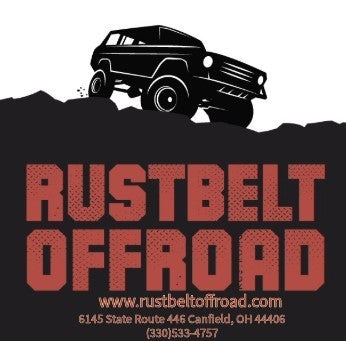LOGIN

Reproduction Bodies: The Diamonding Dilemma of Bad Fitment
Reproduction Bodies: The Diamonding Dilemma of Bad Fitment
Reproduction bodies are a cornerstone of the restoration and custom car world, offering enthusiasts the opportunity to revive classic vehicles that might otherwise be lost to history. However, one persistent issue that plagues these reproduction bodies is the problem of "diamonding," a misalignment that can cause significant headaches during assembly.
**Understanding Diamonding**
Diamonding refers to a situation where a body panel or structure doesn't align correctly, causing the entire body to appear skewed, much like the shape of a diamond rather than a perfect rectangle. This misalignment typically results from poor fitment of parts during the manufacturing process. It’s a subtle but critical issue that can lead to larger problems down the road, from aesthetic discrepancies to functional impairments.
**Causes of Diamonding**
- **Inaccurate Tooling and Molds**: One of the primary causes of diamonding is the use of inaccurate or worn-out tooling and molds. When these tools are not precise, the parts they produce will inevitably be out of alignment. Over time, even small inaccuracies can compound, leading to significant misalignments in the final assembly.
- **Material Variations**: Differences in the material used for reproduction parts can also contribute to diamonding. Variations in thickness, flexibility, and overall quality can cause panels to not fit together as intended. This is especially problematic when parts from different suppliers are used together.
- **Assembly Errors**: The assembly process itself can introduce errors. Inconsistent fastening techniques, improper sequencing, and human error can all contribute to misalignment. Ensuring that each part is correctly positioned and secured is crucial to avoiding diamonding.
- **Environmental Factors**: Temperature and humidity can affect materials, especially if they are not stored or handled properly. Expansion and contraction of materials can cause parts to shift slightly, leading to alignment issues during assembly.
**Impact of Diamonding**
The effects of diamonding can be far-reaching. Aesthetically, a skewed body can ruin the look of a classic car, with gaps and misalignments that are immediately noticeable. Functionally, misaligned panels can lead to issues with doors, hoods, and trunks not closing properly, resulting in potential water leaks and increased wind noise. Additionally, diamonding can complicate the installation of other components, such as glass, trim, and mechanical parts, further exacerbating the problem.
**Preventing and Correcting Diamonding**
- **Quality Control**: Implementing stringent quality control measures throughout the manufacturing and assembly process is crucial. This includes regular inspections and measurements to ensure that all parts meet the required specifications.
- **Consistent Materials**: Using consistent, high-quality materials for all reproduction parts can help minimize variations that lead to diamonding. Working with reputable suppliers who provide reliable materials is essential.
- **Skilled Assembly**: Training and experience are key when it comes to assembling reproduction bodies. Skilled workers who understand the importance of alignment and fitment can significantly reduce the risk of diamonding.
- **Environmental Controls**: Maintaining a controlled environment for both storage and assembly can help mitigate the effects of temperature and humidity on materials, ensuring that parts remain stable and aligned.
**Conclusion**
Diamonding from bad fitment of parts is a significant issue in the world of reproduction bodies, but it is not insurmountable. By focusing on precision in manufacturing, quality control, consistent materials, skilled assembly, and environmental controls, enthusiasts and manufacturers can work together to ensure that reproduction bodies meet the highest standards of quality and fitment. This attention to detail will not only preserve the integrity of classic vehicles but also enhance the satisfaction of those who cherish and restore them.
The key reason that Rust Belt Offroad builds their fixtures from original bodies is avoid these quality and fitment issues. Rust Belt Offroad and its affiliated companies have been working with these aftermarket parts for decades. We have perfected our skills at being able to fit the new sheet metal, without pie cutting, to produce the best aftermarket bodies in the industry. The repercussion of dealing with other companies that are unable to properly fit these aftermarket parts may not be noticed until the customer has spent large sums of time and money into their build.
